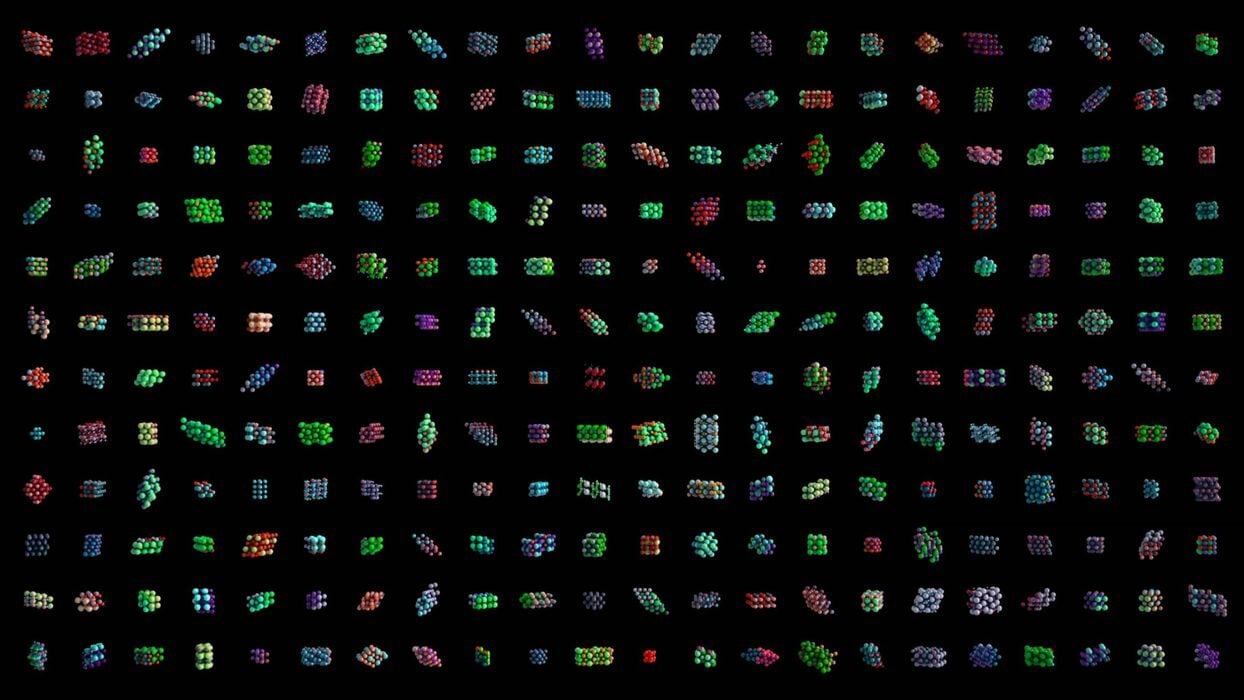
Last month Microsoft announced MatterGen. Could this be useful for 3D printing?
There are an astounding number of AI tools to generate all kinds of data, ranging from images to video to audio. But it’s a lot more than just that: any data can theoretically be generated if an AI model is appropriately trained.
This has led many researchers and companies to develop custom AI models to generate very specific types of data. One that may be of interest to the 3D print community, at least in the future, could be Microsoft’s MatterGen.
The goal of MatterGen is to use prompts to generate not, say, images, but instead entirely new materials.
MatterGen has been trained on a library of 608,000 known materials and can use this knowledge to generate new materials with specific properties.
This is not simply picking a material from a library, as some systems do today. Instead, MatterGen seems to be generating new materials from chemical formulas.
The system currently generates stable materials given certain desired properties. These would then be manually evaluated to ensure they really do work as generated.
This type of tool could eventually revolutionize manufacturing, as new materials with extraordinary properties could be identified and produced.
But could it work for 3D printing? The 3D print industry currently suffers from a severe constraint on the choice of materials. While it’s better than it’s ever been, the number of available materials is quite small compared to the number of known materials used by industry.
Could MatterGen help with that problem? I think it might.
Microsoft explains:
“MatterGen can be fine-tuned with a labelled dataset to generate novel materials given any desired conditions. We demonstrate examples of generating novel materials given a target’s chemistry and symmetry, as well as electronic, magnetic, and mechanical property constraints.”
It’s very likely the base MatterGen model does not account for 3D printability, for example. However, based on the above statement, it might then be possible to prepare a training dataset of 3D print materials with their properties — temperatures, strengths, stringiness, or other features. That new, fine-tuned AI model might then be able to generate new 3D print materials.
That model won’t be particularly useful for 3D printer operators, but it might be for materials providers, who could then discover new materials that could give them an advantage in the market.
It could ultimately result in a competition between providers to develop increasingly useful 3D print materials.
That’s good for everyone.
